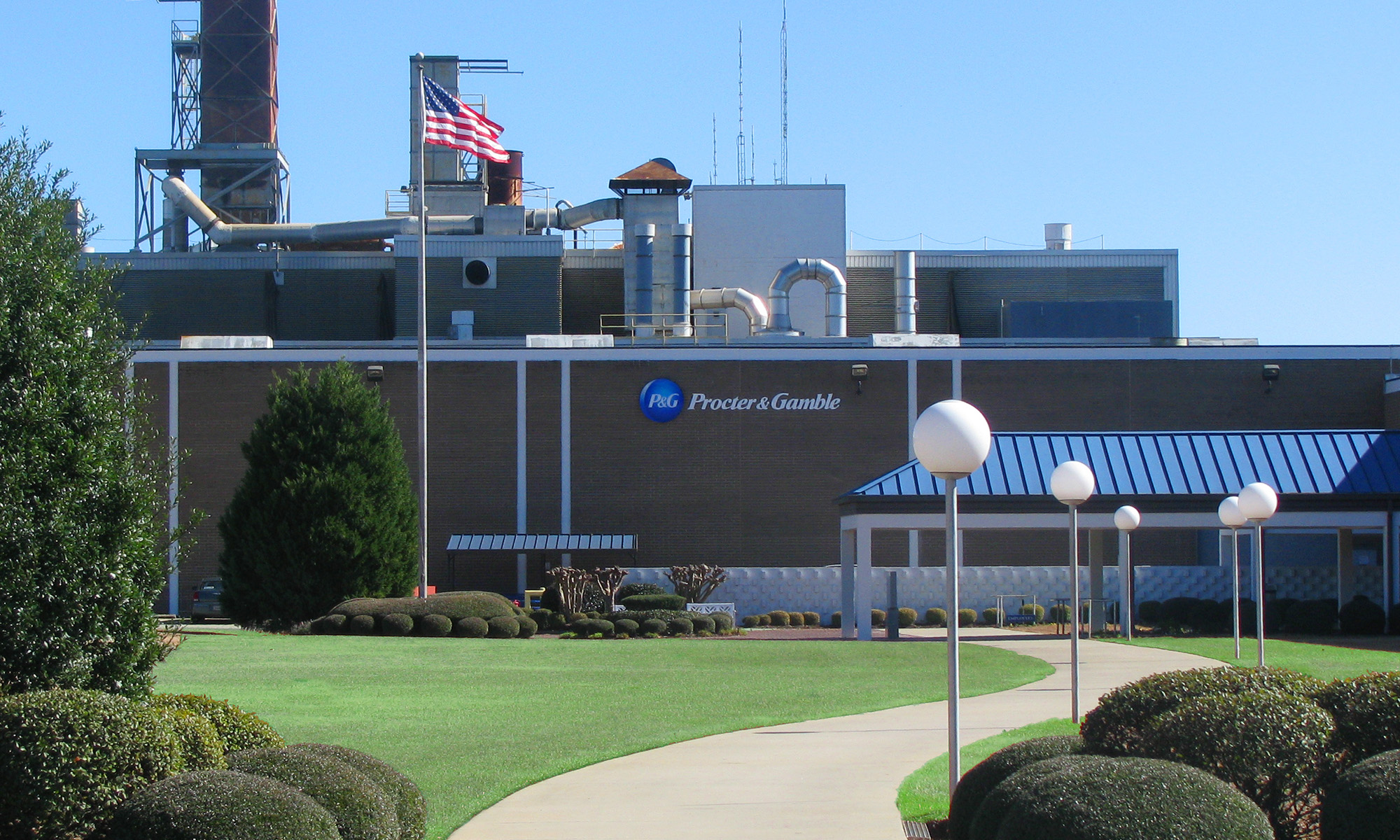The S&P 500 is up 14.5% year to date and over 35% from its April lows. With valuations of many top companies extended, some investors may be wondering how long the market rally can last.
Investors looking for quality dividend stocks they can count on, even if there's a stock market sell-off, may want to take a closer look at stocks in the Dow Jones Industrial Average. With just 30 components, each Dow company is an industry leader that represents its stock market sector.
Here's why Procter & Gamble (PG 3.56%), Coca-Cola (KO +0.29%), McDonald's (MCD 0.46%), Chevron (CVX 0.92%), and Visa (V 1.33%) are five Dow stocks that stand out as particularly good buys for passive income in 2026 and beyond.

Image source: Getty Images.
Two of the highest-quality dividend stocks the market has to offer
Despite their different industries, Procter & Gamble and Coca-Cola are two very similar investment opportunities.
P&G has brands spanning multiple household and personal care categories for everyday use, including Tide laundry detergent, Gillette razors, Crest toothpaste, Pampers diapers, and more. Beyond its flagship soda, Coca-Cola owns Minute Maid, Topo Chico, Fairlife, Costa Coffee, BodyArmor, Sprite, Fanta, and more.
Both companies have seen sales and earnings growth dip in recent years as consumers pull back on spending. But because of their elite supply chains, marketing, and high margins, they have still been able to generate solid earnings and free cash flow to support their growing payouts.
Procter & Gamble has paid and raised its dividend for 69 consecutive years, while Coke has a 63-year streak -- making them Dividend Kings, which are companies that have at least 50 straight years of dividend raises.
Because of their consistent dividend increases, P&G and Coke have historically fetched premium valuations relative to the S&P 500. But both stocks are a great value right now, with P&G sporting a mere 21.8 forward price-to-earnings (P/E) ratio compared to a 10-year median of 25.7. Meanwhile, Coke has a 23.9 forward P/E compared to a 10-year median of 27.7.
P&G yields 2.8% and Coke yields 3%, making both stocks excellent choices for value investors looking to boost their passive income.

NYSE: PG
Key Data Points
McDonald's is as recession-resistant as it gets in the restaurant industry
Many restaurant companies are struggling as consumers are looking to stretch their dollars. McDonald's has a history of providing tasty food, drinks, and snacks at affordable prices. But even its costs have gone up due to inflationary pressures.
Still, McDonald's has done a great job getting customers in the door with its mobile ordering, in-app rewards and deals, new menu items, and the return of its iconic Monopoly game, which lets customers experience the thrill of peeling pieces off select items and earning digital rewards.
Roughly 95% of McDonald's stores are owned by franchises -- which leads to consistent cash flow and high margins for McDonald's corporate. The business model makes McDonald's highly resistant to recessions.
With 49 consecutive years of increasing its payout and a 2.3% yield, McDonald's is a "safe" bet for generating dividend income.
Chevron's dividend is reliable despite swings in oil and gas prices
Oil prices are hovering around five-year lows due to lower demand and higher supply. In its latest Short-Term Energy Outlook, the U.S. Energy Information Administration forecast a 2 million barrel per day increase in 2025 liquid fuels, largely due to higher production from non-OPEC+ countries like the U.S.
Low oil prices have led to sell-offs across the energy sector, especially for exploration and production companies. So, investors may be wondering why Chevron is up by more than 6% year to date.

NYSE: CVX
Key Data Points
Chevron is one of the highest-quality energy stocks due to its multiple production regions, massive downstream segment, and growing low-carbon business. The integrated major has a low cost of production, which allows it to generate positive cash flow even when prices are lower.
With 38 years of dividend raises and a 4.5% yield, Chevron stands out as a top high-yield dividend stock to buy now.
Visa has a near-perfect business model for returning cash to shareholders
Visa is by far the lowest-yielding stock on this list, with just a 0.7% yield. For context, the S&P 500 yields 1.2%. With a yield that low, you may be wondering if Visa even deserves to be considered a quality dividend stock. Visa is a great example of why it's more important to look at a company's entire capital return program rather than just its dividend.
For the nine months ended June 30, 2025, Visa paid $3.49 billion in dividends but $13.39 billion in stock buybacks. In other words, if it had used all of that money on dividends and didn't buy back stock, Visa would have a dividend yield around 2.7%.

NYSE: V
Key Data Points
The buybacks have been a better use of capital than dividends for shareholders, as Visa stock has crushed the S&P 500 over the long term. And by consistently buying back stock, Visa reduced its share count by 19.4% over the past decade, making the stock a better value because a lower share count boosts earnings per share.
As a payment processor, Visa collects transaction fees based on the volume and frequency of customer and business usage on its debit and credit cards. The banks and financial institutions that issue those cards bear the credit risk, not Visa.
Add it all up, and Visa's high margins and high cash flow business model make it an excellent stock for risk-averse investors to buy in 2026.





